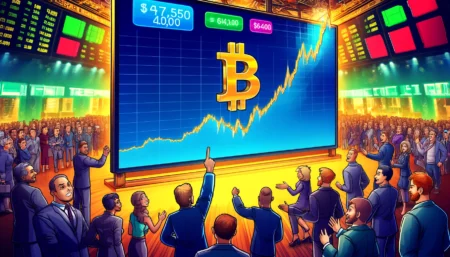The global financial landscape has been witnessing significant upheavals in recent weeks. The S&P 500, a benchmark for the overall health of the US stock market, has seen a decline of over 10% from its peak on July 31, standing at 4,577 points.
This decline has been attributed to growing concerns about a potential US economic recession. The Dow Jones Industrial Average also experienced a dip, falling by 1.7% in the last week of October, settling just below the 32,420-point mark.
In a surprising turn of events, the 10-year US Treasury yield surpassed the 5% mark for the first time since July 2007. This surge has been driven by investors pricing in stronger U.S. growth and fiscal slippage.
The yield increase was further accelerated after comments from Federal Reserve Chair Jerome Powell, suggesting that the robust US economy and heated labor market might necessitate tighter financial conditions. The 10-year yield reached 5.004%, marking an increase of approximately 160 basis points since mid-May.
Gold, traditionally seen as a safe-haven asset, has been on the rise. Spot gold prices touched $2,009.29 an ounce, breaking the $2,000 barrier for the first time since mid-May. This surge in gold prices is attributed to the escalating Middle East conflict, which has driven investors towards safer assets.
Bitcoin BTC -1.05%, the world’s most popular cryptocurrency, has also seen a resurgence. The digital currency experienced an 11% increase, surpassing the $35,000 mark for the first time since May 2022.
This surge is partly due to the anticipation of a Bitcoin exchange-traded fund (ETF). Reports suggest that the US Securities and Exchange Commission (SEC) might not appeal against a court ruling that had previously rejected an ETF application from crypto firm Grayscale Investments.
Economists have raised alarms about the rising US Treasury yields, suggesting that they might eventually become more attractive than stocks. This shift could lead to capital moving from stocks to US Treasuries, resulting in businesses facing a shortage of crucial investment funds and potentially higher borrowing costs.






